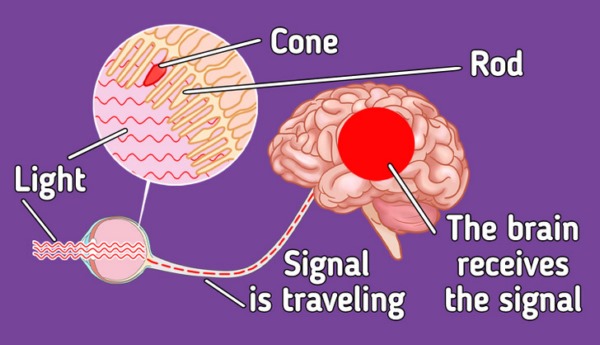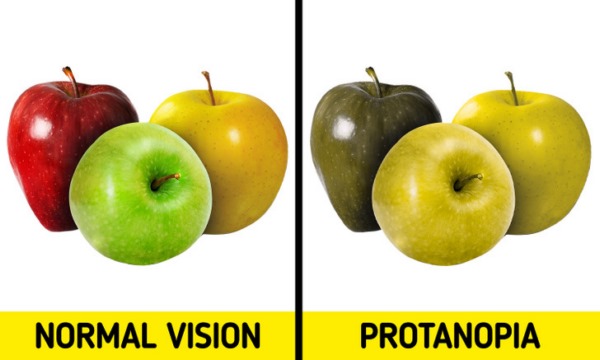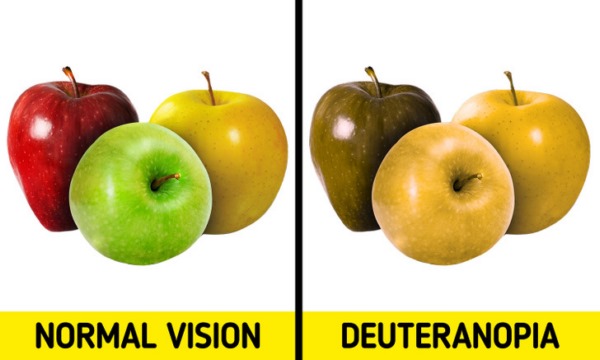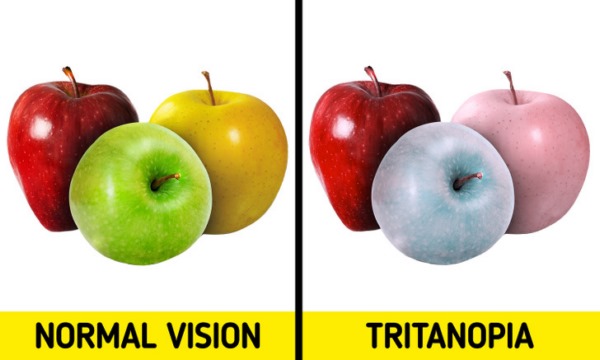Color blindness can also be different — not all people with this visual impairment see the world the same way. Here’s how it works.

You may have heard that colors are not actually part of the objects we are looking at, but rather are the result of the absorption or reflection of light from these objects. The specific colors we see are the work of our retina, which is located at the back of the eyes. The retina sends a signal to our brain that decodes and recognizes colors. However, some people cannot see colors the way others do, and the reason for this may be color blindness.
Types of color blindness
As mentioned above, the perception of light occurs in the retina, which consists of thin layers of cells. There are 2 types of photosensitive cells — rods and cones. Cones are sensitive to different colors, so they help us distinguish between red, green and blue. When looking at one of them, a certain cone is activated. Then they send the information to our brain.
On the other hand, sticks can help us see at different light levels.
So, for example, when you see something red, the cone responsible for the perception of this color is activated. But if you were looking at something yellow, both red and green cones would activate, since yellow is close to these 2 colors.
Since normal color vision uses all 3 types of cones to perceive light, we call this trichromacy. On the other hand, in people with dichromatic color vision, only 2 types of cones function correctly. Therefore , there are 3 types of dichromatic color vision:
Protanopia

People with protanopia cannot recognize a red light. They will confuse black with different shades of red; dark brown with dark red, orange or green, dark blue, purple and black; blue with red, purple and dark pink; and green with orange.
Deuteranopia

People with protanopia and deuteranopia see the world in shades of blue and yellow and often confuse brown, orange, red and green. Deuteranopia is associated with the inability to perceive green light. People with this disease confuse medium shades of green and red, blue-green with gray and medium pink, bright green with yellow and light blue with lilac.
Tritanopia

With a reduced perception of blue light, people often cannot distinguish blue from yellow, purple from red, blue from green. That’s why they will see the world mostly in red, black, white, gray, turquoise and pink. Tritanopia is when people cannot identify blue light or distinguish between blue and green, blue and gray, or dark purple and black.
